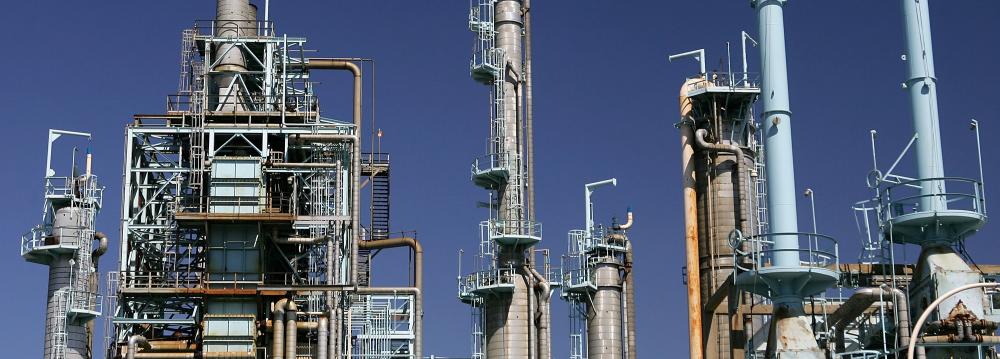Steady demand for crude oil will add up to new crude refining capacities in the world, with Asia expected to be the main driver for the expansion, says a report by the National Iranian Oil Company.
Global crude processing capacity will see a rise of 8.3 million barrels a day during 2014-19 as Asian and particularly the Middle East countries will provide around 40% of the total growth, NIOC said in its mid- and long-term outlook report on global demand for oil and petroleum products, ISNA reported.
The report added that China alone will boost its capacity by 2.2 million bpd. China’s independent refineries, known as teapot, drove up the country’s overall crude imports by 13.4% by volume in the first quarter of 2016 amid slowing domestic economic growth.
Teapots represent nearly one-third of China's total crude refining capacity.
Middle East's processing capacity will mainly be driven by a rise in consumption and increasing demand for production of petroleum products, such as gasoline, that bear higher value-added.
Demand by Middle East producers will jump by 1 million bpd in the mid-term, which is partly driven by capping the import of petroleum products, the report said.
According to the International Energy Agency's "Oil Market Report" in 2016, global oil demand growth in the first quarter of this year rose 1.4 million bpd, led by strong gains in India, China and Russia.
For the year, IEA said growth will increase 1.2 million barrels, with demand reaching 95.9 million bpd.
Iranian Capacity
Iran, which is now pumping oil close to its pre-sanctions level of 4 million bpd, is keen to put an end to gasoline imports and become an exporter in 2017 when its giant Persian Gulf Star Refinery starts production.
The country's refining capacity for crude oil and gas condensates sits at around 1.8 million barrels a day, but many refineries are posting losses or unconvincing profit margin due to aging infrastructure and high output of mazut, a heavy, low-quality derivative of little financial value.
Data provided by the Organization of Petroleum Exporting Countries showed that global processing capacity stood at more than 94 million bpd in 2013 with the group's overall capacity at 44 million barrels per day at the time.
NIOC said part of the growth will be offset by temporary or permanent plant shutdowns. It added that the crude processing sector in the long run will be marked by the restructuring of many US refineries to adjust to more crude blends and European refiners looking for new markets to sell their excess gasoline output.


